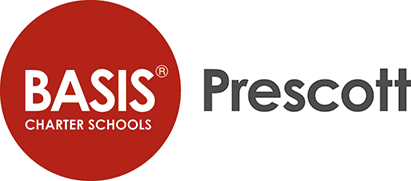Week 6: Editing is [sic]!
Well, hello, friends! Welcome to week six of my senior project. This week, I completed my last little bit of research before diving into my book and really beginning my publishing process. I also interviewed one more author—I had two interviews scheduled, but I had to reschedule one for week seven. So, without further ado, let’s talk about editing!
I focused on editing for my research because it is what I want my career to surround. I absolutely love to correct grammar, but doing that in a casual setting really isn’t societally acceptable; so, I want to hone that love into a career! That way, people will pay me to correct their grammar instead of glaring and thinking less of me.
For the process of editing, it remains fairly similar from traditional to hybrid to self. Every book that gets published ends up completely different from the first draft because writers don’t always write to sell. However, they publish to sell, so their books need to be professional to be successful. I ultimately divided the process of editing a book into specific steps, but of course, it can vary based upon the publishing company or genre. These are the general steps:
- Self-Editing: this process is the most painful for writers. To summarize it with my favorite William Faulkner quote: kill your darlings! It sounds grotesque, but it means that self-editing requires writers to be extremely harsh on their work. They need to delete the fluff they love and strip their stories to the core, no matter how much it hurts.
- General Opinions/Beta Readers: this can be from family or friends or even online writing communities. While they may not be editors, readers have valuable opinions and insights. This option is used for self-publishing and can be quite useful.
- Content Editing: this form of editing deals with macro elements of a story, topics like pacing, plot, character, structure, point-of-view, world building, etc.
- Line Editing: this form of editing is line by line, and it takes each word into value as the editor looks at the writer’s intention behind those words.
- Copyediting: this form of editing is my favorite part! It involves grammar editing, which can include topics like syntax, diction, structure, consistency, etc. For non-fiction, this also involves fact-checking.
- Proofreading: this step takes time as the editor and author go back and forth to change/accept the other editing changes made. It ensures both parties are content with the polished book.
Overall, editing is an extremely important process that every single book must go through to be successful. I think of it like surgery: a team of medical professionals diagnose a problem, plan a surgery with a big-picture perspective, and then delicately perform the surgery step-by-step. Editing takes work, but the results are what makes books beautiful.
Lastly, this week I interviewed author Jeri Conklin, author of the When Spirits Speak series. There are currently six published books with stories of real lives and beautiful people. You can visit her website here and buy her books here!
Jeri was a really wonderful author to interview because of her long process with publishing companies. She tried her hand in traditional publishing first, but after facing rejections, she resulted to self-publishing. The first self-publishing press she used was one of the scams I mentioned in a previous blog post, so she paid a lot for an unprofessional result! After a few more attempts at better publication, she met Lizzy at Writers Publishing House which delivered the result she was looking for.
We talked a lot about editing which was perfect for this week! She has tried her hand in editing and stressed to me the importance of never editing an author’s voice. Editors can correct grammar, but they cannot change the heart of the story. Isn’t that beautiful? Her best piece of advice to me was, “Never let anyone tell you your words don’t make a difference. They will touch a heart and make a difference; send them out with that intention. Always be yourself. Those are the words that make an impact for another.”
Next week begins the intense process of publication. For a visual this week, here is a sneak peek of my book cover! I hired Sidney H. from our very own senior class to design it.

I can’t wait to share my next steps with you all, so stay tuned! Until next week, in the words of Shallan Davar, remember that words are where the most change begins!
